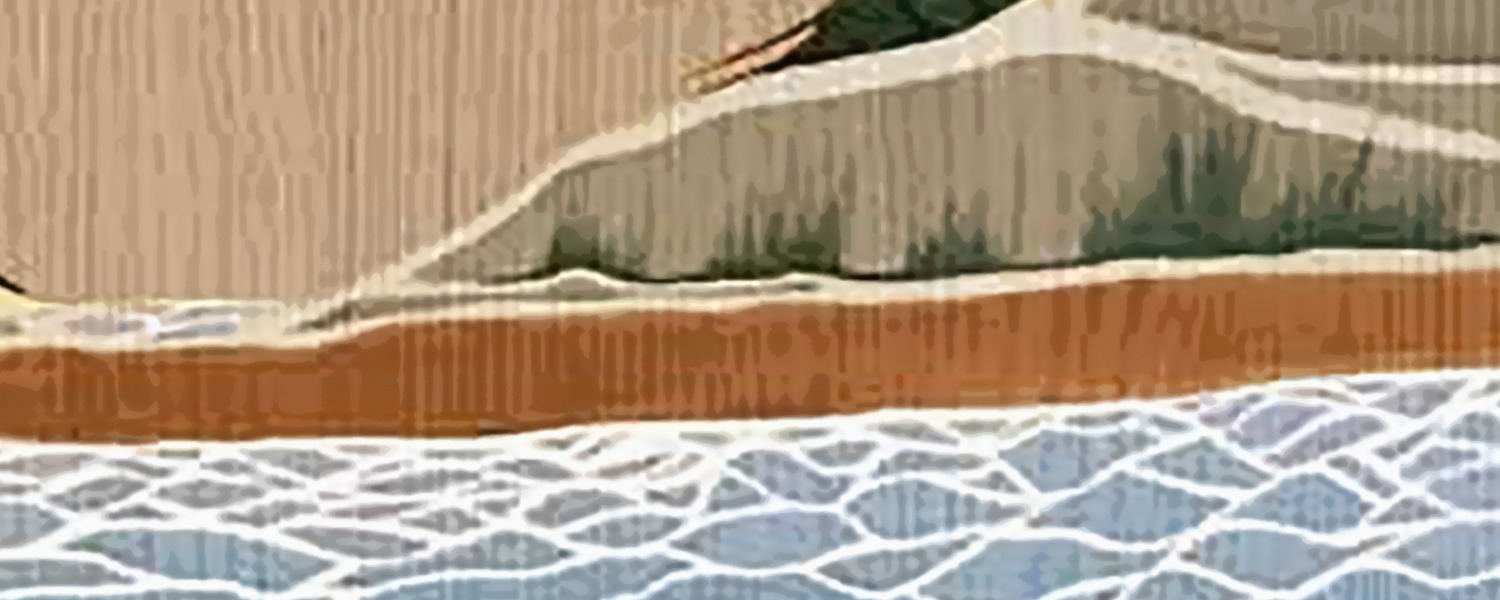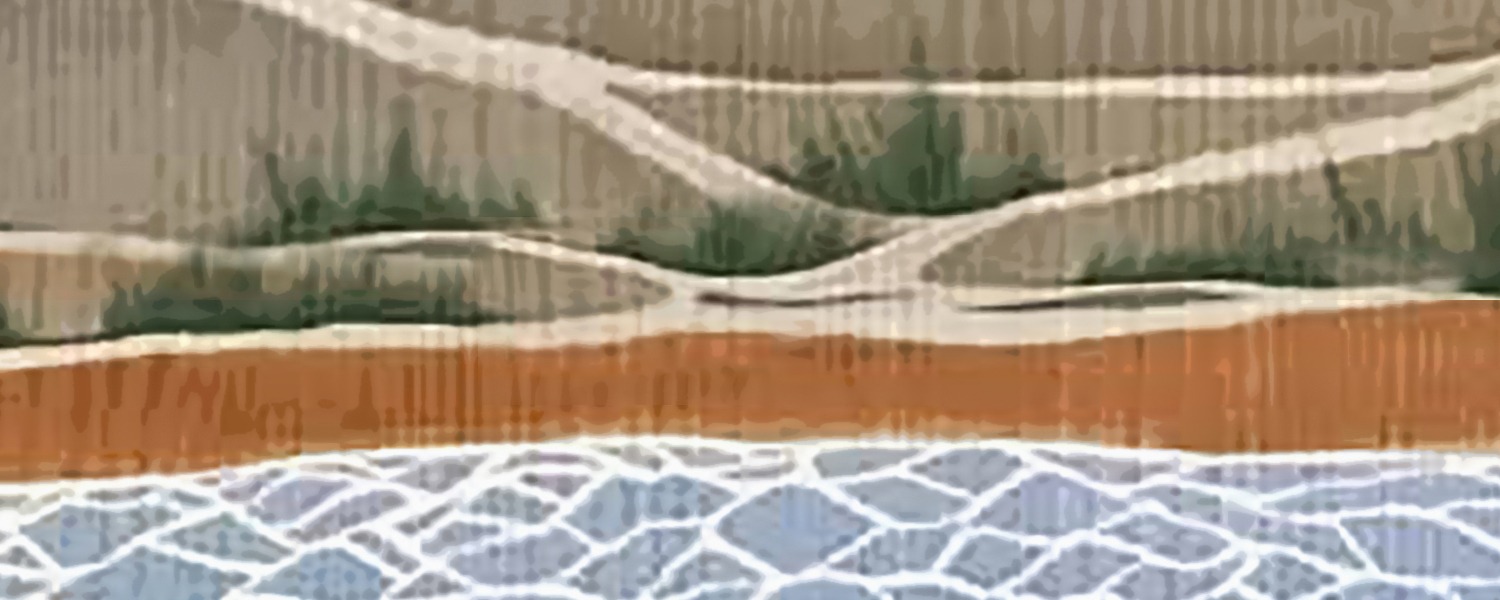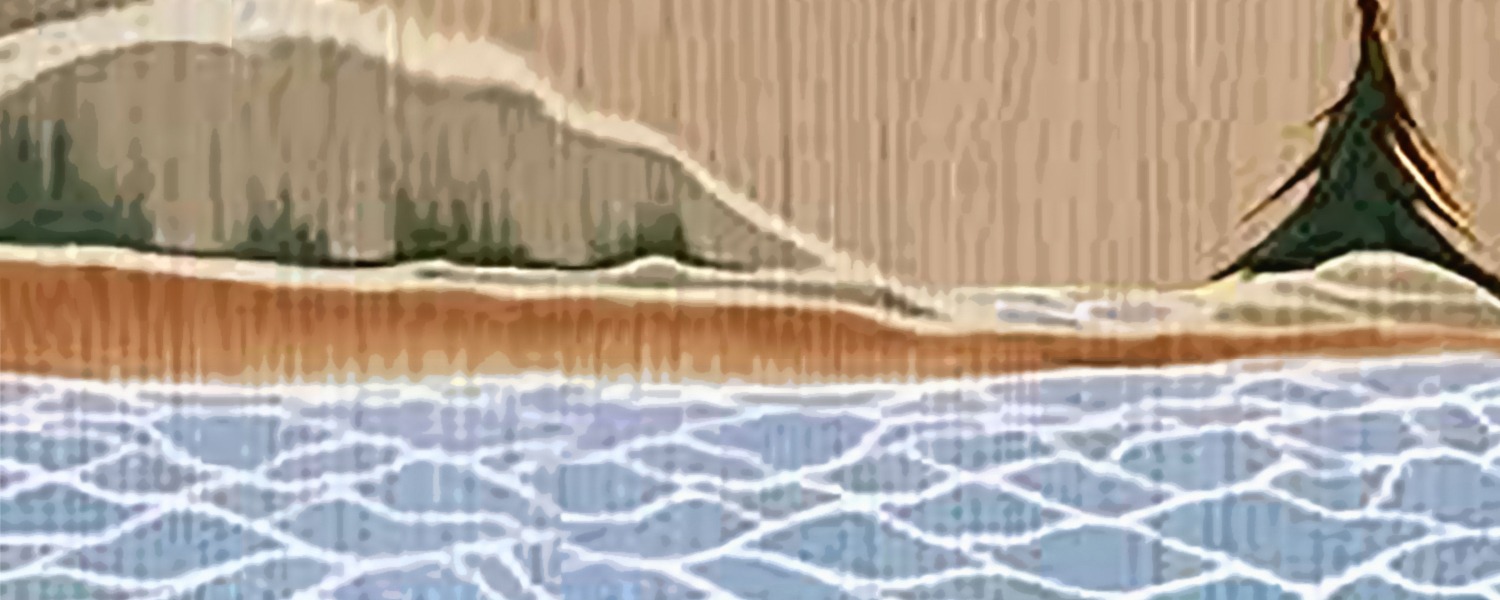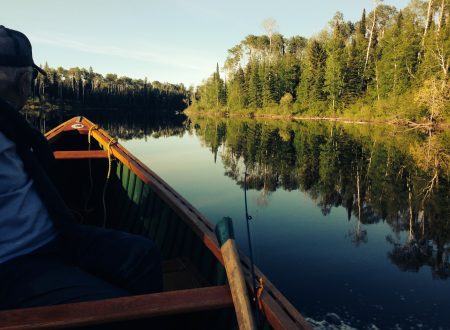Wednesday, July 9, 2025
In a recent victory, on June 6, 2025, the Ontario Superior Court ruled in favour of the Ontario Heritage Trust (“OHT”) and the Chippewas of Nawash Unceded First Nation (“Nawash”), in their efforts to protect the sacred area of Nochemowenaing. The Court ordered that a cottage owner must remove encroachments he built on land that is part of Nochemowenaing, owned by the OHT and co-managed by the OHT and Nawash.
The Court’s decision in Ontario Heritage Trust v Hunter, 2025 ONSC 3379, is an important victory for Nawash, who have long pushed to protect the sacred area of Nochemowenaing, and the OHT. The decision recognizes the spiritual, cultural and archeological importance of Nochemowenaing, and Nawash and OHT’s interests in protecting it.
It is also an important precedent for Indigenous peoples dealing with trespass. It is the first time a Court has considered how to remedy trespass by a private landowner on land that has spiritual and cultural significance for Indigenous peoples, and is held in trust by a public body.
OKT is proud to have represented Nawash in this case.
Background
Nochemowenaing has been a sacred location for Anishinaabe people since time immemorial. Anishinaabe from all over Turtle Island have journeyed to Nochemowenaing to seek healing from the medicines on the lands and from the waters. In the 1980s and 1990s, Anishinaabe archeological artefacts and burials were found on the site, reinforcing what Nawash has always known about Nochemowenaing, that it is a culturally, archeologically and spiritually significant place where burial sites are located. Nawash has long pushed to protect it.
Nawash has built a strong co-operative relationship with the OHT to protect these lands. The OHT has purchased many of the lots that make up Nochemowenaing, and co-manages them with Nawash. Thanks to Nawash and the OHT’s efforts, the area has been recognized as an Aboriginal Peoples’ Burial Ground under the Funeral, Burial and Cremation Services Act, 2002.[1]
A cottage owner, Troy Hunter, owns a lot (Lot 21) adjacent to a lot owned by the OHT and co-managed with Nawash (Lot 20). Troy Hunter built a cottage and other encroachments onto the OHT’s lot (Lot 20). The OHT brought an application to force Troy Hunter to remove the encroachments from Lot 20.
The Decision
The Court found that Troy Hunter trespassed, as the parties agreed.[2] The main question was the proper remedy for the trespass. The Court ordered the removal of the encroachments.
- The Working Rule test was not met, and an injunction was appropriate
The presumptive remedy for trespass is an injunction, but if Troy Hunter could establish that the four requirements of the “Working Rule” test were met, then the Court could order damages instead. The four requirements are: (a) the injury to the OHT and Nawash’s legal right is small; (b) the injury can be estimated in money; (c) the injury can be adequately compensated by a small money payment; and (d) granting an injunction would be oppressive.[3]
The Court found that the four requirements of the Working Rule were not met. First, the injury to the OHT and Nawash’s legal rights was not small, because the encroachments are a “profound disturbance that goes to the core of the spiritual and cultural values and obligations of Nawash”, and significantly interfere with the OHT and Nawash’s intended use of Lot 20.[4] Second and third, no amount of money could compensate the people of Ontario for the loss of land, or compensate Nawash for abandoning their spiritual duties.[5] Fourth, there was no evidence that it would be financially oppressive for Troy Hunter to remove the encroachments, and Troy Hunter does not use the cottage much.[6] Given the profound impact of the encroachments, the spiritual, cultural and archeological importance of the land to Nawash and the OHT, and Troy Hunter’s limited use of the cottage, the Court concluded that an injunction to remove the encroachments was appropriate.[7]
- The Conveyancing and Law of Property Act did not apply, or if it did, it was not met and an injunction was appropriate
The Court also rejected Troy Hunter’s argument that the Court should award damages under s. 37(1) of the Conveyancing and Law of Property Act (“CLPA”).[8] To meet the requirements of the CLPA, Troy Hunter needed to show that: (a) he had an honest and bona fide belief that the land was his; (b) his encroachments were permanent improvements to the land; and (c) it would be more equitable to award damages.[9]
The Court found that the CLPA did not apply because of the Ontario Heritage Act (“OHA”).[10] The OHA, ss. 7(b) and 68(3), provide that the OHT holds lands in trust for the people of Ontario, and in the event of conflict between the OHA and any other Act, the OHA prevails. The Court found that there was a conflict between the OHA and the CLPA. The OHT asserted that it was authorized under the OHA to hold Lot 20 free and clear because it owns it in trust for the people of Ontario. Troy Hunter asserted that s. 37(1) of the CLPA entitled him to maintain ownership of the portion of Lot 20 he encroached upon. The Court found that as a result of the conflict, the OHA precludes the operation of s. 37(1) of the CLPA.[11]
Even if the CLPA did apply, Troy Hunter did not meet the CLPA requirements.[12] He did not make a reasonable, honest mistake about where the property line was, because he did not get a survey or do any due diligence in checking where the property line was despite knowing about the archeological significance of the land, his explanation for where he thought the property line was changed over time, and he still built encroachments over even where he said he thought the property line was.[13] Even though the OHT bought the land with the encroachments already there, the OHT was entitled to rely on undertakings and declarations that Lot 20 was vacant.[14] In all the circumstances, Troy Hunter’s property interest was outweighed by “the profound archeological, spiritual, and cultural value of the land for the Anishinaabe and the people of Ontario”, and an injunction was appropriate.[15]
Conclusion
This is a big victory for Nawash because the Court found that “the interests at stake for the Trust and Nawash transcend the concerns of ordinary property law.”[16] The Court recognized the importance of Nochemowenaing to Nawash, and Nawash’s duties to protect it. The Court recognized that, from Nawash’s perspective, no amount of money could ever buy Nochemowenaing, and Nawash would not consider selling or swapping these lands.
The decision is also an important precedent for Indigenous peoples dealing with trespass from private landowners. This is the first time that a Court has considered how to remedy trespass by a private landowner on land that has spiritual and cultural significance for First Nations or is held in trust for the public.[17] The Court was careful to say that it was not suggesting that the landowner should be ordered to remove encroachments automatically in every case like this.[18] But this is still an important precedent for similar situations where a private landowner trespasses on land that is significant to Indigenous peoples, and may help Indigenous peoples get encroachments removed in other cases.
[1] Funeral, Burial and Cremation Services Act, 2002, SO 2002, c 33.
[2] Ontario Heritage Trust v Hunter, 2025 ONSC 3379, at paras. 42-43 (“OHT v Hunter”).
[3] OHT v Hunter, at paras. 44-50.
[4] OHT v Hunter, at paras. 52-54.
[5] OHT v Hunter, at paras. 57-62.
[6] OHT v Hunter, at paras. 63-70.
[7] OHT v Hunter, at paras. 73-76.
[8] Conveyancing and Law of Property Act, RSO 1990, c C.34, s. 37(1).
[9] OHT v Hunter, at para. 103.
[10] Ontario Heritage Act, RSO 1990, c O.18.
[11] OHT v Hunter, at paras. 97-102.
[12] OHT v Hunter, at para. 103.
[13] OHT v Hunter, at paras. 77-92, 104.
[14] OHT v Hunter, at paras. 93-96.
[15] OHT v Hunter, at para. 105.
[16] OHT v Hunter, at para. 75.
[17] OHT v Hunter, at para. 51.
[18] OHT v Hunter, at para. 76.
Related Posts

Saugeen Ojibway Nation’s Legal Fight for Land, Waters, and Decision-Making Rights
Wednesday, June 25, 2025
Last week, the Saugeen Ojibway Nation (SON) was in the news about how it is continuing to fight to protect the lands and waters of their…
Read More...
Agency One First Nations Rights Over Their Territory Affirmed
Friday, June 27, 2025
In a resounding victory, on June 17, 2025, the Ontario Superior Court ruled in favour of Naicatchwenin First Nation, Nigigoonsiminikaaning First Nation, Couchiching First Nation,…
Read More...
Supreme Court upholds First Nations’ rights to self-govern in child and family services
Friday, February 9, 2024
This morning, the Supreme Court of Canada released a unanimous decision in the C-92 Reference (Attorney General (Quebec) v Attorney General (Canada), 2024 SCC 5.)…
Read More...



